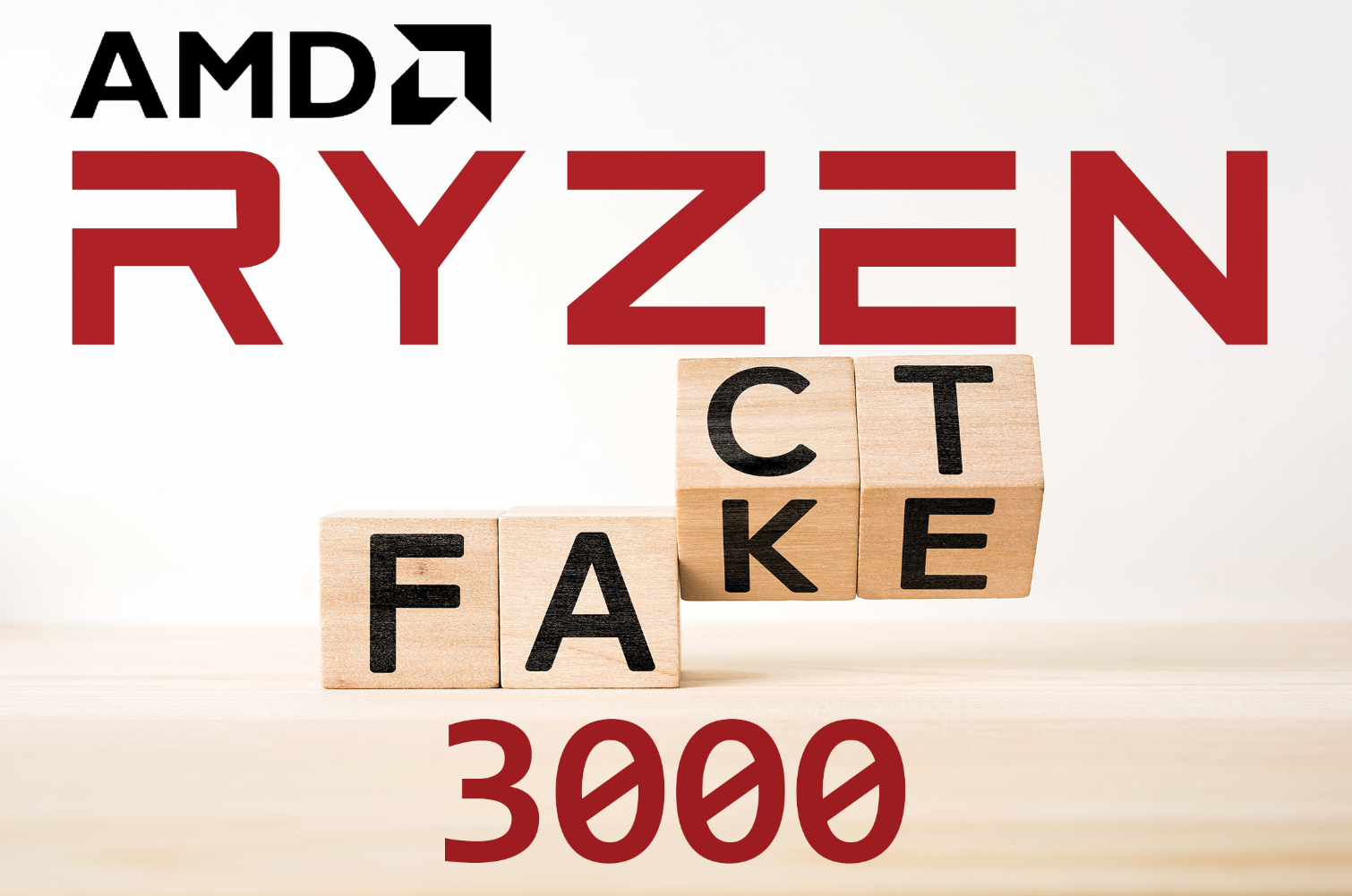Racer!
Member
Fwiw

AMD Ryzen 3000 Series CPUs: Rumors, Release Date, All We Know About Ryzen 3
We separate the rumors from the facts about AMD's upcoming Ryzen 3000 chips.www.tomshardware.com
Since 7nm+ is only sprinkling in EUV on a few critical layers rather than whole cloth, it sounds like AMD is downplaying expectations for it. So for a price sensitive console, probably don't expect it. Even if yeilds are the same, it wouldn't make sense for TSMC to charge the same for two differently performing nodes.
Papermaster quote is 2 years old.
Sony with PS5 is a long term customer over several nodes, and would probably be treated favourably.



